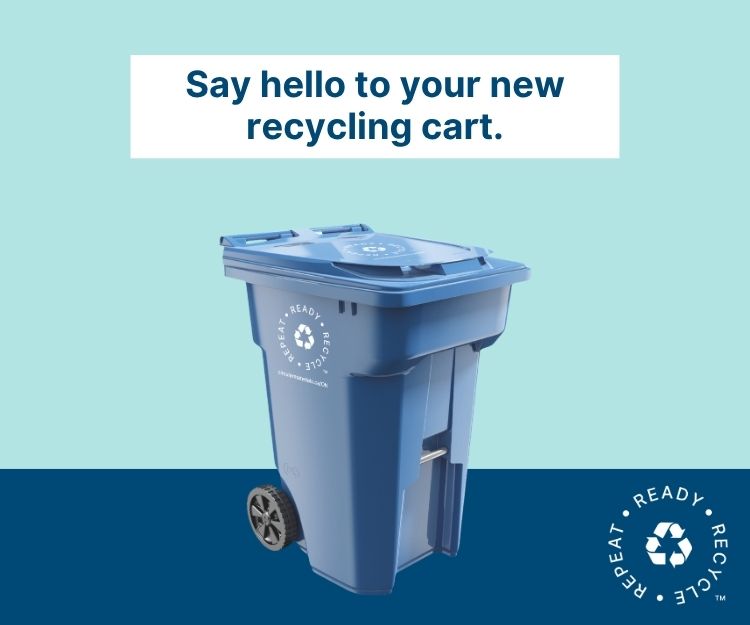
Elections Ontario says it has fixed a problem that saw no voter information data flowing to political parties for much of Thursday morning after polls opened.
The issue did not affect polling stations for voters, but rather the information that flows to parties to let them know who has or has not voted, which is known as “strike-off data.”
That data is used by parties to figure out who they need to try to get out to polling stations.
“The connectivity issue has been resolved and strike-off data is now being updated automatically,” said Elections Ontario spokesperson Nicole Taylor.
“Elections Ontario worked diligently with our telecommunications provider to resolve this issue promptly.”
Several parties told The Canadian Press they received one update Thursday morning, but there were supposed to be batches of voter information sent automatically every 15 minutes.
That data did not begin flowing until shortly after 2 p.m.
“It’s fair to say that our efficiency was very much impacted — volunteers would have been going to the doors of people who had already voted NDP,” said New Democratic Party spokeswoman Erin Morrison.
Parties were still able to gather that information by hand at polling stations.
“It didn’t really affect us,” said Liberal Party spokeswoman Beckie Codd-Downey.
The Green Party of Ontario said they also pivoted to picking up polling data in person.
Elections Ontario warned voters earlier Thursday of “last-minute” location changes to some polling stations after voting got underway. It encouraged voters to check on its website or app to confirm locations before heading to the polls. The leaders of Ontario’s four major parties cast their ballots in the morning.
Polling conducted earlier in the campaign suggests the Progressive Conservatives led by Doug Ford are poised to form a second majority government.
There are 124 seats up for grabs in the election, with 63 needed to form a majority government. The Progressive Conservatives won 76 seats in 2018 but held 67 when the legislature was dissolved ahead of the campaign, with changes due to expulsions and resignations.
Ford largely campaigned on his party’s promises to build Ontario highways and hospitals, as well as other measures he’s touted as job-creators. He held limited media availabilities in the days leading up to the election.
The New Democrat and Liberal leaders both presented themselves as the only alternative to Ford’s Tories and haven’t outright said they will work together in the event of a Progressive Conservative minority.
It could be the last election as NDP leader for Andrea Horwath, who made a fourth run for the premier’s office after her party made gains in 2018 to form the official Opposition in provincial parliament.
Her party won 40 seats in the last election and sat at 38 at dissolution after an expulsion and a resignation.
Her party has proposed speeding up pharmacare and dental care plans for Ontarians, hiring more nurses and teachers, covering mental health and birth control costs and raising the minimum wage to $20 in 2026.
The Liberals, meanwhile, are hoping to rebuild after a devastating defeat four years ago that saw their caucus reduced to just seven seats after spending more than a decade in government.
Leader Steven Del Duca, who lost his seat in 2018, is also facing an apparently tight race in his own riding of Vaughan-Woodbridge, though he says he intends to stick around as leader regardless of the result.
The Liberal platform includes plans to make COVID-19 vaccinations compulsory for school attendance, remove provincial HST on prepared foods under $20 and boost the minimum wage to $16 per hour by next year.
The Ontario Greens have proposed free mental health coverage, reaching net zero emissions by 2045 and protecting 30 per cent of Ontario lands and water by 2030.
That party led by Mike Schreiner is hoping to expand its caucus of one seat – won by Schreiner in Guelph four years ago – and has been eyeing a potential opening in Parry Sound-Muskoka.
The leaders are expected to hold events in the evening after the results roll in.
Elections Ontario has said more than one million people voted in advance polls last month and also has noted a sharp rise in mail-in ballots requested compared with the 2018 election.
Voting kits were mailed to 126,135 eligible voters this time around, up from 15,202 ballots last election.
This report by The Canadian Press was first publishedJune 2, 2022.
The Canadian Press
- Couple wintering on boat signals need for moretransitional housing in Georgina - December 21, 2025
- Is road salt a threat to Lake Simcoe? - December 20, 2025
- Feds’ decision on Georgina Island Fixed Link expected in the new year - December 20, 2025









































